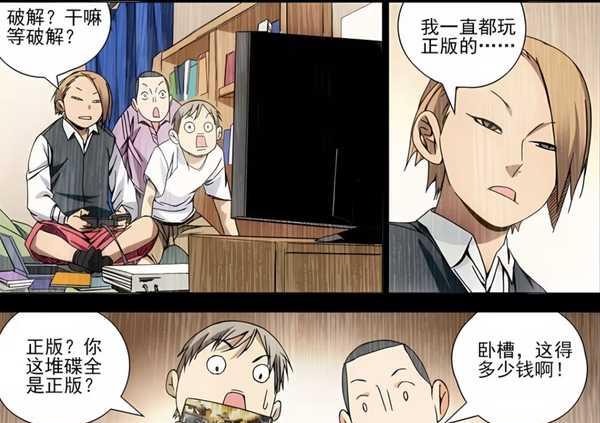Exploring Character Dynamics in Chapter 700 of 'One Man Below'
An analysis of the complex character interactions during a pivotal dinner scene in ‘One Man Below’ Chapter 700, focusing on the subtle power dynamics between Feng Zhenghao and Wang Xuan, and the emergence of Zhang Lingyu as a key player.

The latest chapter of “One Man Below” presents a masterfully crafted dinner scene that reveals intricate layers of character motivations and relationships. At the center of this narrative tapestry are three key figures: Feng Zhenghao, Wang Xuan, and Zhang Lingyu.
Feng Zhenghao demonstrates remarkable social intelligence in his approach to Wang Xuan, employing what Chinese literature calls the “Baiyi Laolai” (斑衣老莱) strategy - a reference to a historical figure who wore colorful clothes and acted childishly to amuse his elderly parents. This metaphor perfectly captures Feng’s sophisticated manipulation technique, where he uses apparent respect and deference to achieve his objectives.
The chapter particularly shines in its portrayal of generational succession within martial arts families. Wang Xuan represents the old guard, a master whose techniques are formidable but perhaps becoming outdated. His grandson, Wang Bing, emerges as a potential bridge between traditions, though his character development remains uncertain.
The presence of the Lu family adds another layer of complexity to the power dynamics. With both the “Triple Corpse” and “Six Bandits” techniques mentioned, the story suggests a convergence of various martial arts schools and their respective philosophies. This sets up future conflicts while honoring traditional Chinese martial arts storytelling elements.
Zhang Lingyu’s character provides an interesting counterpoint to the more politically savvy players. His straightforward nature and occasional social awkwardness serve as both comic relief and a moral compass, highlighting the contrast between the new generation’s directness and the old guard’s subtle maneuvering.
The significance of the “Soul Imprisoning General” technique serves as a plot device that ties these character dynamics together. Its potential transfer becomes a symbol of power, tradition, and the complex relationships between these martial arts families in China.
Throughout the chapter, the author masterfully weaves references to classical Chinese literature and martial arts culture, creating a rich tapestry that speaks to both tradition and innovation in the martial arts world. This balance between old and new, direct and subtle, makes the chapter particularly compelling for readers interested in Chinese martial arts fiction.